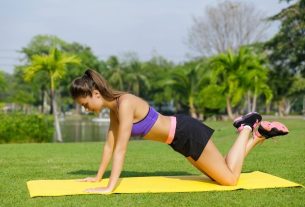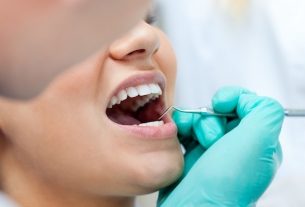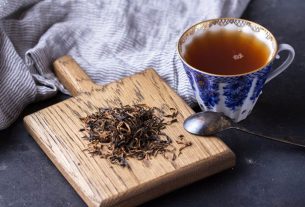Some exercises to increase your glutes can be done at home because they don’t require equipment and are easy to do. They help to strengthen the muscles in the gluteal region, leaving it firmer and larger, and are also useful for combating cellulite because they improve blood and lymphatic circulation in the legs and butt.
The series of exercises can be done every other day for beginners and daily for more advanced people, but care must be taken not to feel pain in the back, knees and ankles. If this happens, it is important to seek out a physical education professional, stop exercising and rest for 1 or 2 days and, if the pain persists, go to the doctor.
Exercises to increase glutes
Exercises to increase the glutes must be done as recommended by a physical education professional and can be done continuously for 30 to 60 seconds depending on the person’s level of training. After the first exercise, you should rest between 10 and 30 seconds and start the next exercise.
At the end of the third exercise, you can start the series again 2 more times. Therefore, each exercise must be done at least 3 times for 30 to 60 seconds.
1. Lunge squats
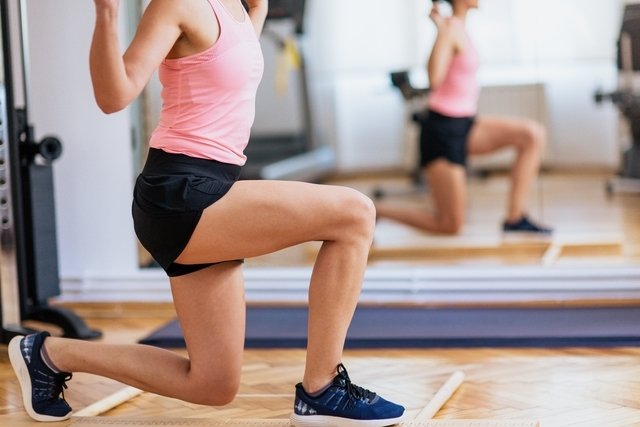
In this exercise you must walk taking large steps and with each step you must squat. When your back leg is straight, your heel should not touch the floor and your front knee should not go beyond your toes.
2. Climbing the chair with just 1 leg
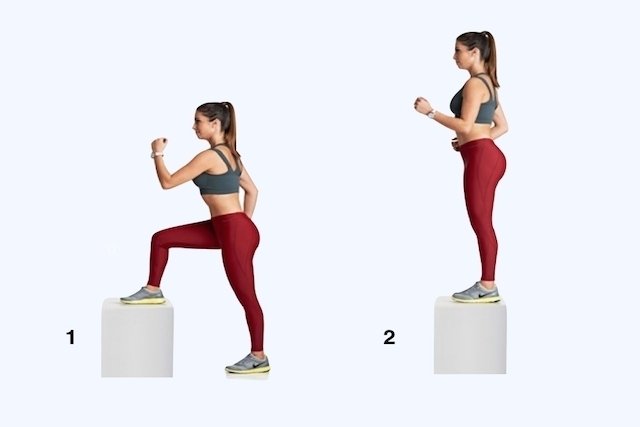
Climb onto a chair or bench, with just one leg at a time, as shown in the image, taking care to have firm and solid support when climbing. Plastic chairs are not recommended as they are unstable and can break.
The higher the chair, the greater the effort, so you can start with a lower bench. To make it easier, you can place your hands on your waist and remember to keep your back straight and always look straight ahead to keep your spine aligned.
Another way to increase the degree of difficulty is to hold weights with your hands.
3. Jump squats
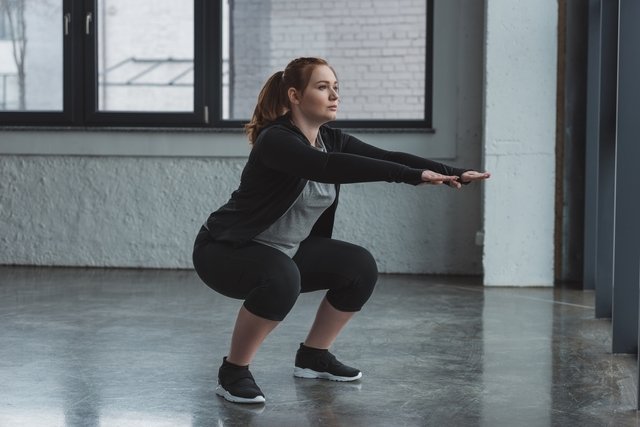
Squat with your legs apart and, when you stand up, jump up and then squat again, successively. When squatting, it is important to cushion by flexing your knees, reducing the impact on this joint and leaving your thigh parallel to the floor, so that your glutes are really worked.
Aesthetic treatments
It is also possible to increase the buttocks through aesthetic treatments, such as placing a silicone prosthesis and fat grafting.
The placement of a prosthesis in the butt is done under anesthesia and sedation, lasts an average of 2 hours and is done by making small incisions in the buttocks that allow the placement of silicone implants. The size of the prosthesis is defined by the doctor and the patient according to the objective, whether to lift, improve the shape or increase the size of the buttocks.
Fat grafting is also a procedure that can be done to enlarge the buttocks or change their shape and, to do this, fat located in some region, such as the abdomen or thighs, is removed and placed on the butt.
Find out more about how to increase your butt with aesthetic procedures.
What to eat
The best way to complement exercise is to eat a diet rich in proteins, as they promote gluteal hypertrophy. Therefore, after training you should eat yogurt, take a supplement or invest in a meal with at least 100 g of lean meat such as grilled chicken breast, eggs or boiled fish.
Eating foods rich in sugar and fat is not a good idea because it will lead to the formation of fat and cellulite, as well as hindering the hypertrophy process. Check out a menu of protein-rich foods to know exactly what to eat.
Bibliography
- GEHM, David G.; CHAOUACHI, Anise. A review of the acute effects of static and dynamic stretching on performance. Eur J Appl Physiol. 111. 11; 2633-2651, 2011
- HOTTA, Kazuki; et al. Daily muscle stretching enhances blood flow, endothelial function, capillarity, vascular volume and connectivity in aged skeletal muscle. J Physiol. 596. 10; 1903–1917, 2018
- NETO, Walter Krause; et al. Gluteus Maximus Activation during Common Strength and Hypertrophy Exercises: A Systematic Review. J Strength Cond Res. 28. 6; 1573-1580, 2014

Sign up for our newsletter and stay up to date with exclusive news
that can transform your routine!
Warning: Undefined array key "title" in /home/storelat/public_html/wp-content/plugins/link-whisper-premium/templates/frontend/related-posts.php on line 12
Warning: Undefined array key "title_tag" in /home/storelat/public_html/wp-content/plugins/link-whisper-premium/templates/frontend/related-posts.php on line 13


